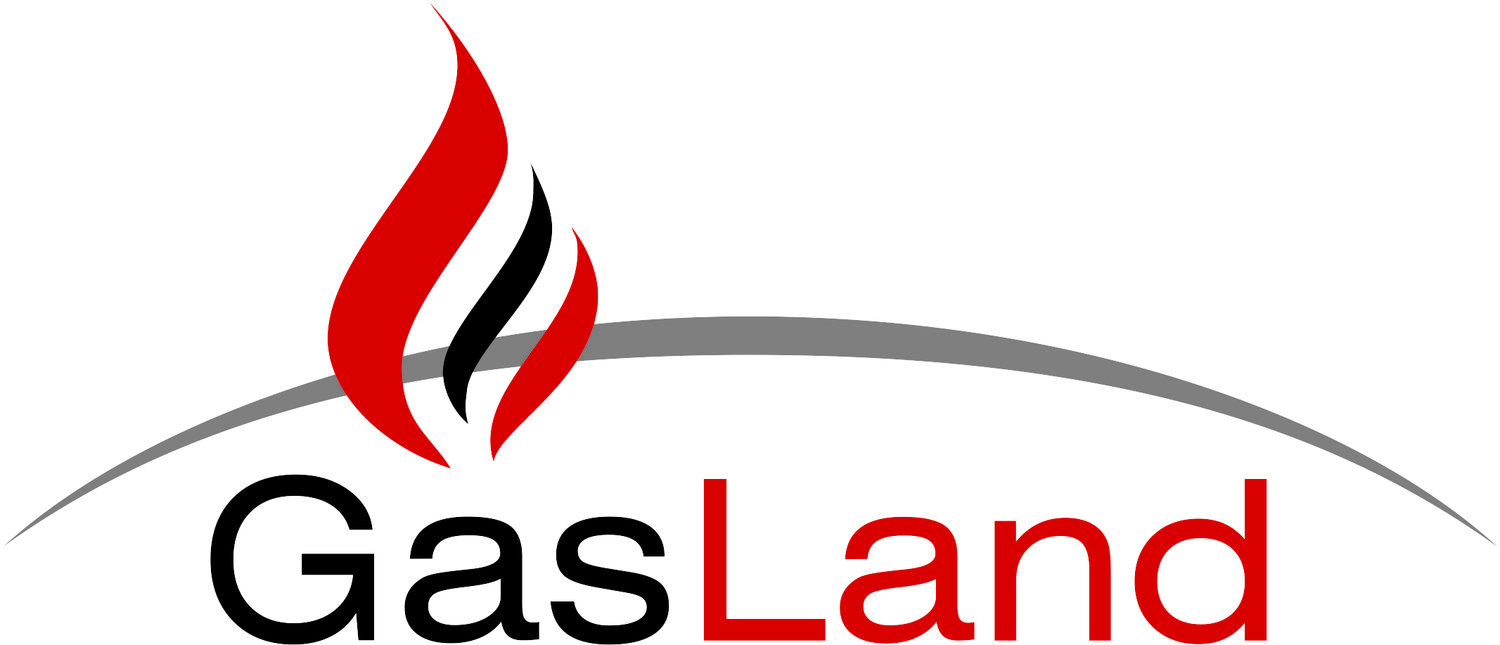Natural Gas consists entirely of methane, typically LNG is 85 to 95 plus percent methane along with a few percent ethane, and even less propane and butane with traces of Nitrogen. This exact composition varies according to the source of feed gas and the processing technology applied. To obtain LNG and delivering it to the end user consists of a series of steps as listed below.
Exploration & Production
Typically, when oil is produced you also produce some gas. Depending on the type of reservoirs the amount of gas produced can vary drastically. Also, the use of smart engineering techniques such as hydraulic fracturing and horizontal drilling can be crucial especially when it comes to producing from complex shale plays such as in the US.
Liquefaction
Once this Natural Gas is produced through Exploration it becomes the feed gas to the Liquefaction or LNG Plant. In this facility, the feed gas is treated and processed to form Liquefied Natural Gas. The facility can almost be thought of as a big refrigeration unit where the entering feed gas is processed and condensed to its liquid form. This enables storage and transportation of the chilled fuel more viable.
Shipping
Once LNG is produced and stored at the facility. LNG carriers or vessels are loaded with LNG to carry it to its destination.
Storage and Regasification
At the destination, the LNG carrier would transfer LNG at the receiving terminal where it would be transformed to its gaseous state and delivered to users.







